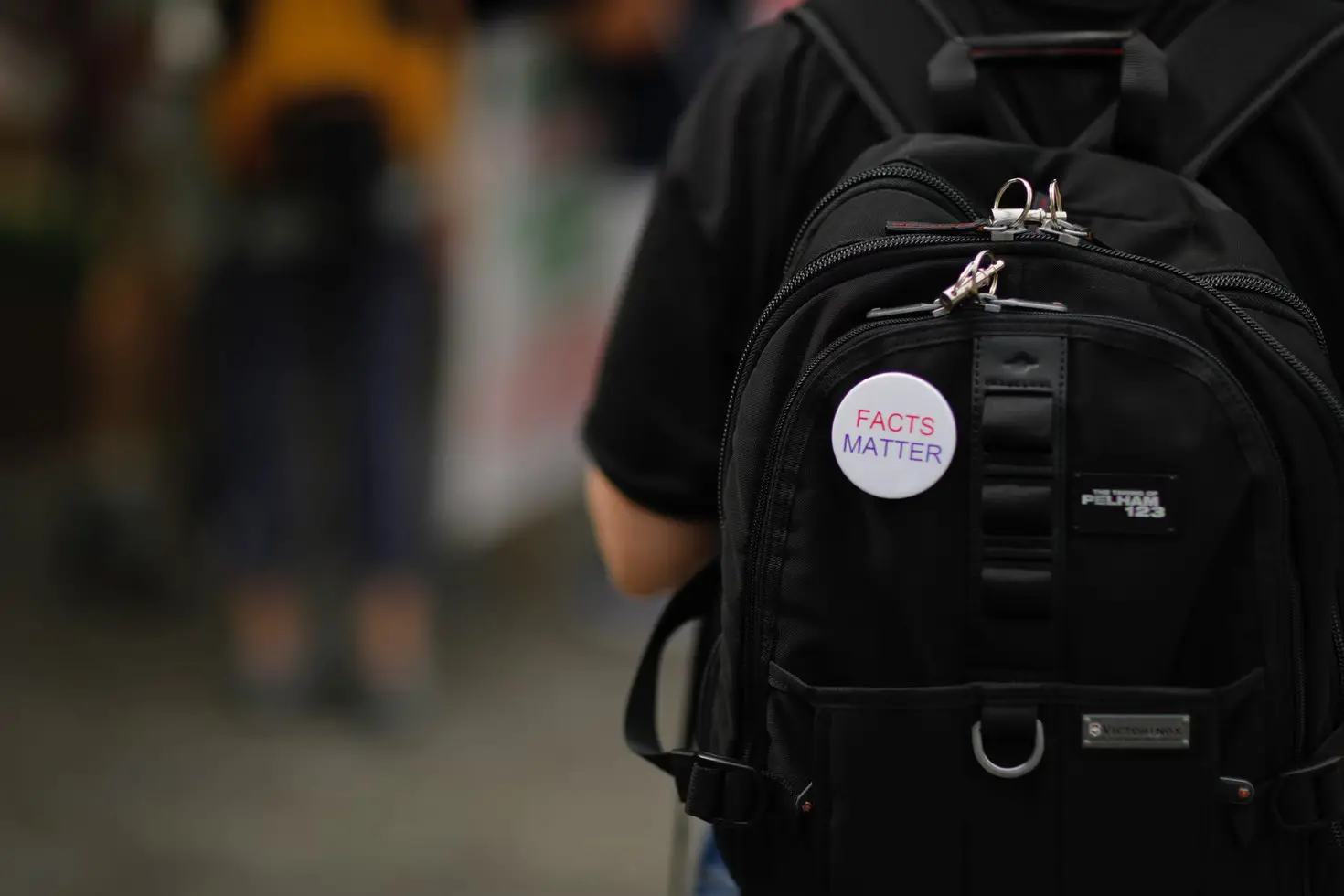These fights to expand the curriculum not only occurred in K-12 schools, but also at predominantly White colleges and universities. Black student protests at the University of Chicago led to the formation of a committee charged with adding African American studies to the curriculum. The monumental 1968-69 strike at San Francisco State, “the longest student-led strike in the history of American higher education,” led to the establishment of the College of Ethnic Studies in 1969 and the school’s stated commitment to equity and social justice now reflected in its diverse student body.
In December 1968, Black students occupied the main administration building at Washington University in St. Louis. They also issued a Black Manifesto, which proclaimed: “The traditional education has not spoken and does not speak to the life of the Black man in America.” The student authors demanded “the chance to acquire knowledge relevant to our needs and the needs of our people. … We strongly recommend the same change for our white counterparts.” This activism, supported by academic freedom, led to the adoption of Black studies courses in 1969.
The press for academic freedom as social justice continued into the 1980s and 1990s as Black educational scholars and K-12 teachers called for multicultural education. James Banks, the father of multicultural education and an educational researcher, called for a curriculum that would expose students to new ideas and in the process reduce social inequality. Additional Black educational scholars such James Anderson, Jacqueline Jordan Irvine, Gloria Ladson-Billings and Vanessa Siddle Walker used their academic freedom to produce studies that pushed against the notions of Black people and children as deficient — which still permeated educational research, including teacher preparation and curriculum.
But the efforts to reshape curriculum provoked resistance by those who insisted on students needing to understand the standard White-oriented Westernized curriculum. Of those who sought to broaden the state of knowledge, historian Arthur M. Schlesinger wrote, “They have filled the air with recrimination and rancor and have remarkably advanced the fragmentation of American life.”
Today, perhaps more than ever, Black scholars and Black teachers continue to press for academic freedom and use those rights to fight for social justice and equity. Indeed, the study of African Americans, whether in K-12 schools or higher education, has raised levels of understanding and consciousness about African Americans’ experiences and contributions despite systemic racism in American history and current reality. Even amid the current attacks on the teaching of race and racism, we find ourselves in 2022 with increased numbers of Black studies programs in higher education, including a number that offer PhDs, and we continue to see students, teachers, scholars and activists demanding a more expansive, inclusive and nuanced curriculum in K-12 classrooms.
The introduction of the African American studies Advanced Placement course reflects a willingness to grapple with a complicated, nuanced understanding of American life, even as some critics try to push for a vision of American history and society that is narrow and limited. In the push to expand what educators can teach and students can learn, African Americans today and in the past lead the charge for academic freedom and reveal it to be one of academia’s most potent tools for social justice.



